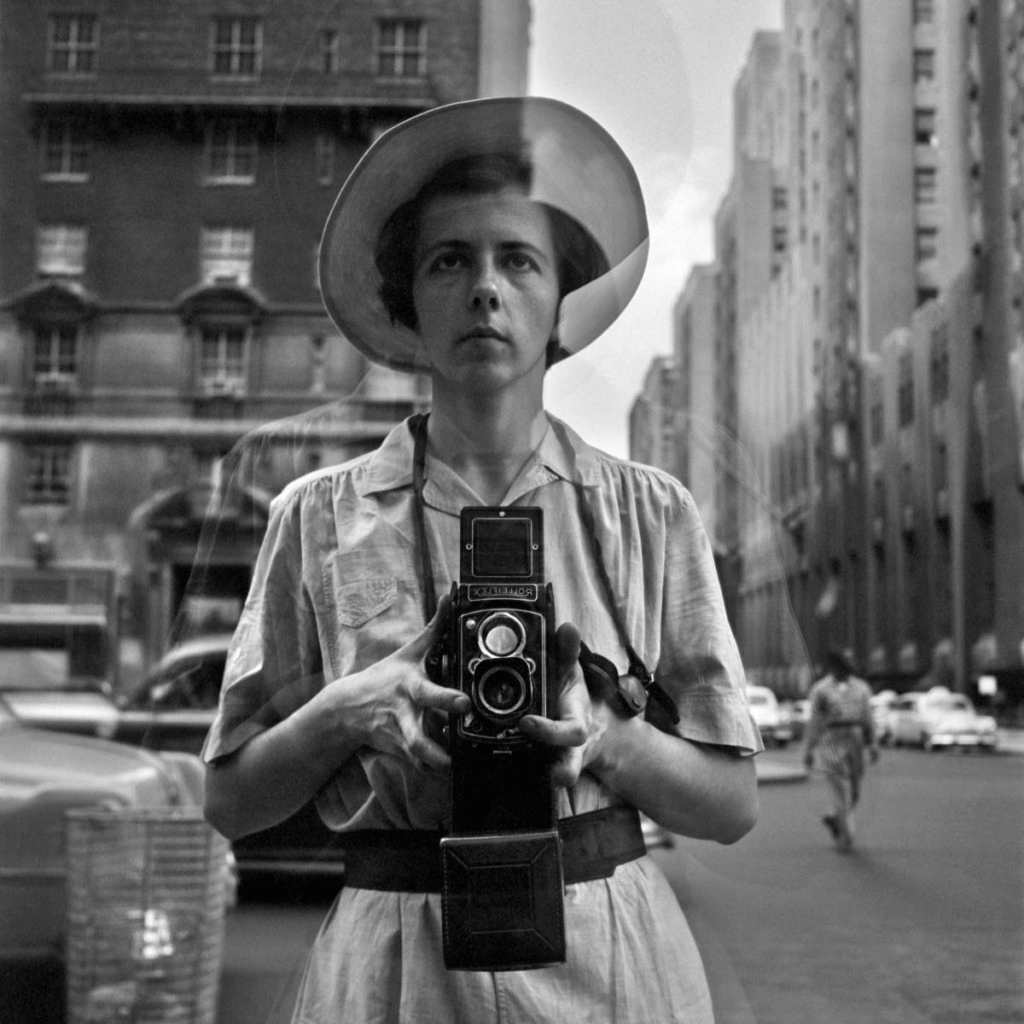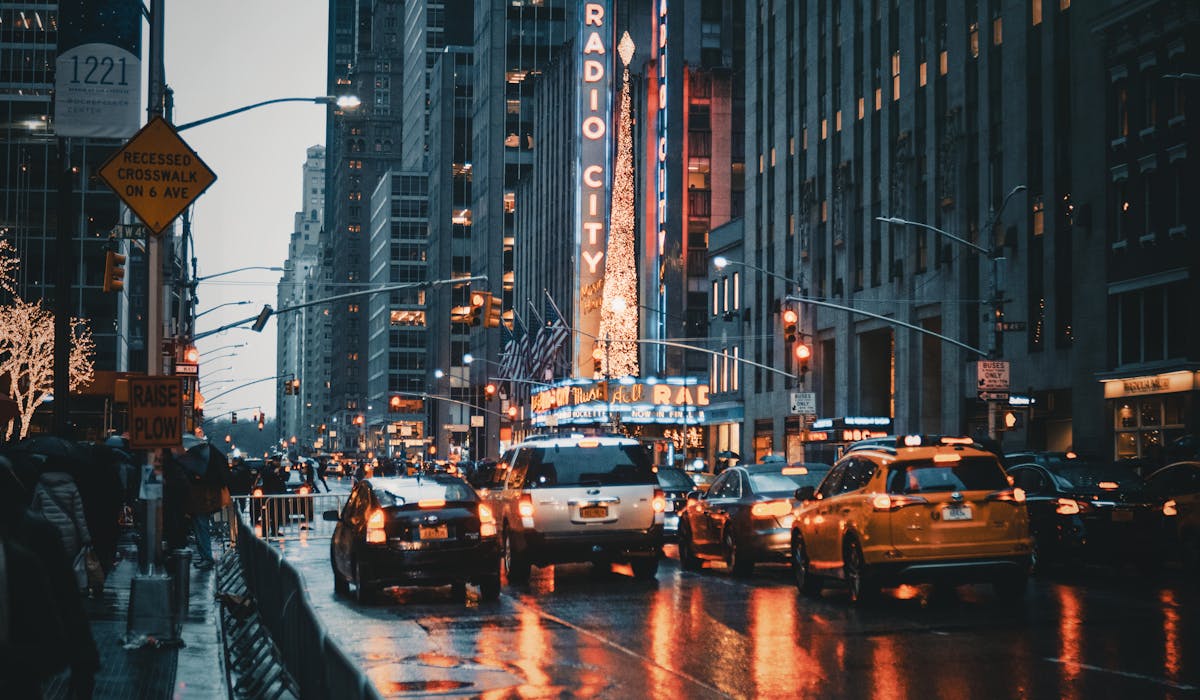Not known Facts About Framing Streets
Wiki Article
An Unbiased View of Framing Streets
Table of ContentsThe Best Guide To Framing StreetsThe Main Principles Of Framing Streets Get This Report on Framing StreetsSome Ideas on Framing Streets You Need To KnowThe 5-Minute Rule for Framing StreetsFraming Streets - Truths
, normally with the goal of catching photos at a crucial or touching moment by mindful framework and timing. https://www.cheaperseeker.com/u/framingstreets1.
9 Easy Facts About Framing Streets Shown
Susan Sontag, 1977 Street digital photography can focus on individuals and their behavior in public. In this regard, the road photographer resembles social docudrama professional photographers or photographers who also work in public areas, but with the goal of catching relevant events. Any one of these digital photographers' photos may record people and residential or commercial property visible within or from public locations, which commonly requires navigating honest problems and laws of personal privacy, safety, and residential property.Representations of day-to-day public life create a style in almost every period of world art, beginning in the pre-historic, Sumerian, Egyptian and early Buddhist art durations. Art managing the life of the road, whether within sights of cityscapes, or as the leading concept, shows up in the West in the canon of the North Renaissance, Baroque, Rococo, of Romanticism, Realism, Impressionism and Post-Impressionism.
Framing Streets - Questions
Louis Daguerre: "Blvd du Temple" (1838 or 1839) In 1838 or 1839 the initial photograph of figures in the street was videotaped by Louis-Jacques-Mand Daguerre in one of a set of daguerreotype views taken from his workshop window of the Blvd du Temple in Paris. The 2nd, made at the elevation of the day, shows an uninhabited stretch of street, while the various other was taken at concerning 8:00 am, and as Beaumont Newhall records, "The Blvd, so regularly loaded with a moving throng of pedestrians and carriages was completely solitary, except a person that was having his boots cleaned.His boots and legs were well defined, yet he is without body or head, because these were in motion." Charles Ngre, waterseller Charles Ngre. https://framing-streets-44888302.hubspotpagebuilder.com/framingstreets1/framing-streets-capturing-life-through-street-photography was the very first professional photographer to acquire the technical class required to sign up people in movement on the street in Paris in 1851. Digital Photographer John Thomson, a Scotsman dealing with journalist and social protestor Adolphe Smith, published Road Life in London in twelve monthly installments beginning in February 1877
The Single Strategy To Use For Framing Streets
Eugene Atget is considered a progenitor, not since he was the very first of his kind, but as an outcome of the popularisation in the late 1920s of his record of Parisian streets by Berenice Abbott, who was inspired to carry out a similar paperwork of New York City. [] As the city established, Atget assisted to promote Parisian streets as a worthwhile topic for digital photography.
The smart Trick of Framing Streets That Nobody is Talking About
Martin is the first taped professional photographer to do so in London Find Out More with a masked video camera. Mass-Observation was a social research organisation founded in 1937 which aimed to videotape everyday life in Britain and to tape-record the reactions of the 'man-in-the-street' to King Edward VIII's abdication in 1936 to wed separation Wallis Simpson, and the sequence of George VI. The chief Mass-Observationists were anthropologist Tom Harrisson in Bolton and poet Charles Madge in London, and their initial record was generated as guide "May the Twelfth: Mass-Observation Day-Surveys 1937 by over two hundred onlookers" [] Home window cleaner at Kottbusser Tor, Berlin, by Elsa Thiemann c. 1946 The post-war French Humanist Institution photographers discovered their subjects on the road or in the restaurant. Between 1946 and 1957 Le Groupe des XV annually showed work of this kind. Andre Kertesz. Circus, Budapest, 19 May 1920 Street photography developed the significant content of 2 events at the Gallery of Modern Art (Mo, MA) in New York curated by Edward Steichen, 5 French Professional Photographers: Brassai; Cartier-Bresson, Doisneau, Ronis, Izis in 1951 to 1952, and Post-war European Digital Photography in 1953, which exported the principle of street digital photography globally.
Framing Streets for Beginners
, after that an educator of young children, linked with Evans in 193839.'s 1958 book,, was substantial; raw and often out of focus, Frank's images examined conventional digital photography of the time, "challenged all the formal regulations laid down by Henri Cartier-Bresson and Pedestrian Evans" and "flew in the face of the wholesome pictorialism and wholehearted photojournalism of American magazines like LIFE and Time".Report this wiki page